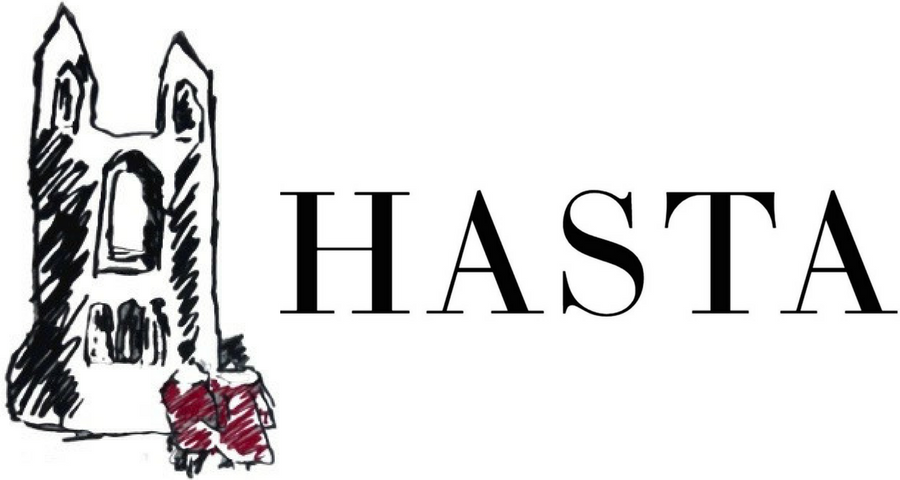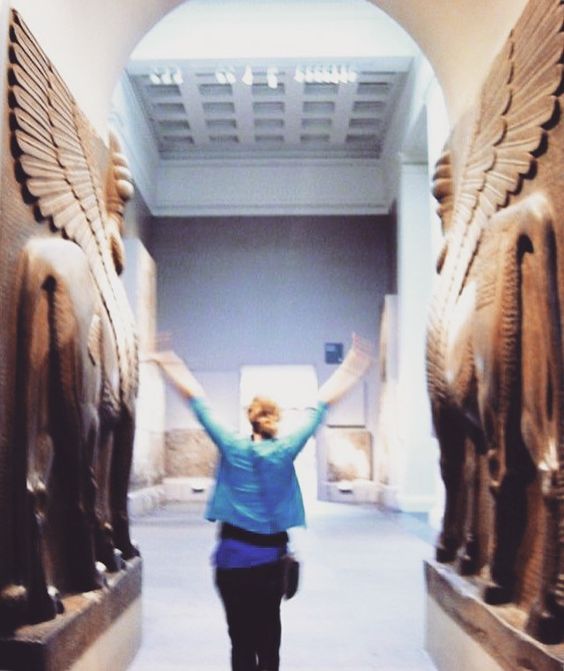I walked in on a crime scene in the Scottish Museum of Contemporary art. A misshapen, gruesome figure lay on the floor. Giacometti has challenged us to face a woman’s final moments in his sculpture Woman with her Throat Cut. Is she riving in pain abused? Or is she an abuser herself? And what does this piece show of the inter-war period of the 20th century? My observations show the tangled relationship between the archetypes “woman as victim” and “woman as femme fatal” in surrealist art.
Read MoreNothing signifies “China” more than her written language. Its aesthetic pictographic beauty has stunned people all over the world for centuries, but so has its complexity. Chinese history, particularly in the twentieth century when education has come to the forefront of governmental obligations, is dominated by the long battle against illiteracy. Chinese is one of the few languages on earth in which it is possible to become illiterate once having been educated.
Read MoreWhen most people think of Chinese ceramics they tend to think of Yuan and Ming dynasty blue-and-white bowls and vases. However, the Chinese porcelain tradition goes back long before the development of that particular aesthetic. During the Song dynasty, designs leant more towards the minimalist and elegant in contrast to the large, busy and thick designs of the Ming dynasty. Before the hegemony of the Jingdezhen kilns under the Yuan and Ming emperors, there were several different kiln sites, each with their own styles and techniques.
Read MoreIt was 2015. I was working in a public relations office in Washington D.C., surrounded by big-screen televisions that hung on almost every available wall surface, playing out a constant stream of public life and politics on mute. I experienced most news events during my years there in real-time, sitting in front of my computer clutching the day’s fourth cup of coffee, eyes wide. However, for some reason it was a different kind of punch to the gut when I looked up and saw ISIS militants taking sledgehammers to 3,000-year-old sculptures in the ancient cities of Iraq and toppling statues in museums
Read MoreEighteenth-century English poet John Elsum, observing Rembrandt’s portraiture, remarks upon the sheer ‘coarseness’ of the Dutch artist’s technique. The repetitive ‘strokes upon strokes’ and the construction of physiognomy through thickly layered, scratched and scraped oil meant Rembrandt’s painted surface formed to both enliven and scrutinise the human flesh. Elsum’s description of this ‘rugged way of painting’ finds itself manifest in the twentieth-century works of post-war artist Frank Auerbach – highly influenced by Rembrandt’s seventeenth-century works. In Auerbach’s Head of E.O.W.IV, however, ‘dabs upon dabs’ become ‘swathes upon swathes’. Any notion of realism is blatantly rejected; emphasis shifts from the capturing of a sitter’s likeness, to exploring the profoundly emotive capabilities of medium.


















